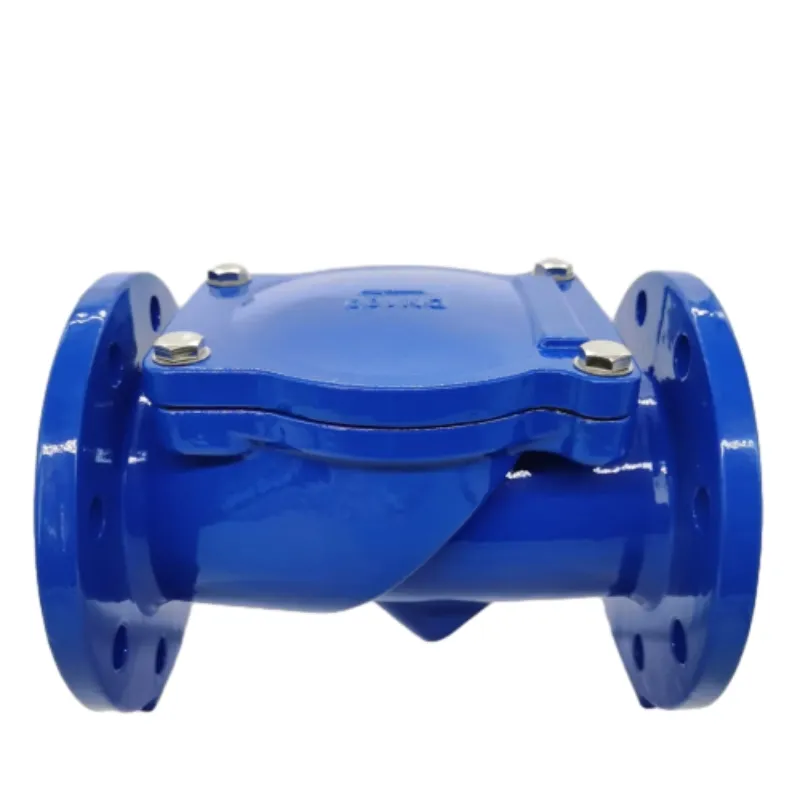دېكابىر . 21, 2024 16:27 Back to list
Different Types of Globe Valves and Their Applications in Various Industries
Understanding Globe Valve Types
Globe valves are one of the most commonly used valve types in various industrial applications. Known for their excellent throttling capabilities and consistent flow control, globe valves have earned a prominent position in the piping industry. This article delves into the different types of globe valves, their construction, applications, and advantages.
Basics of Globe Valves
A globe valve is a type of valve that utilizes a spherical body to regulate the flow of fluids. It features a movable disk or plug, which is placed over an opening (or seat) to control the flow through the valve. The design of a globe valve allows for precise control over the flow rate, making it an ideal choice for applications requiring consistent and adjustable flow.
Types of Globe Valves
1. Standard Globe Valve - This is the most basic design, featuring a typical spherical structure. The inlet and outlet are at opposite ends, allowing for smooth flow regulation. It’s widely used in various applications, from water supply to chemical processing.
2. Angle Globe Valve - An angle globe valve is designed at a 90-degree angle, whereby the fluid flows at an angle, minimizing pressure drop. This design is particularly useful in applications where space is a constraint and piping direction needs alteration without additional fittings.
3. Stop Globe Valve - A stop globe valve is distinguished by its capability to completely stop the flow when fully closed. This valve type is suitable for applications requiring swift on/off capabilities while maintaining control over the flow once opened.
4. Bellow-Sealed Globe Valve - This variation incorporates a bellows seal, providing a tight seal that prevents leakage. It is especially beneficial in applications involving toxic or corrosive fluids, as it enhances safety by containing hazardous materials within the valve.
globe valve types

5. Multi-turn Globe Valve - Designed for applications where precision is paramount, the multi-turn globe valve requires several turns of the handwheel to completely open or close. This type is primarily used in systems that need continuous flow regulation, such as boilers and pressure vessels.
6. Single-seat and Double-seat Globe Valves - Single-seat globe valves have a single plug and seat, making them less susceptible to blockage and easier to maintain. Conversely, double-seat valves feature two plugs and two seats, which can provide improved seating and reduced leakage but may also lead to potential clogging issues.
Applications of Globe Valves
Given their versatility, globe valves are employed across various industries
- Water Supply Systems For regulating water flow and pressure management. - Chemical Processing Useful in maintaining control over corrosive substances. - Oil and Gas Applicable in pipelines to control the flow of crude oil and gas. - HVAC Systems For managing heating and cooling systems effectively. - Power Plants Used extensively in steam systems to regulate flow and pressure.
Advantages of Globe Valves
1. Flow Control Globe valves excel in managing flow rates, making them ideal for throttling applications. 2. Versatility They can handle a wide range of fluids, including gases, liquids, and slurries. 3. Robust Construction Made from various materials (stainless steel, cast iron, etc.), globe valves are durable and can withstand high temperatures and pressures. 4. Reliable Sealing With advancements in sealing technology, globe valves provide a tight seal, minimizing leaks. 5. Ease of Operation They can be operated manually or automatically, accommodating different operational needs.
Conclusion
Globe valves are vital components in various industrial processes, known for their ability to provide reliable flow control and adaptability in different applications. With a multitude of types available, from standard designs to specialized variations like bellow-sealed options, they cater to diverse operational requirements. Understanding the various globe valve types and their applications can significantly enhance efficiency and productivity in any industry reliant on fluid management. As technology evolves, so too will the designs and implementations of globe valves, making them a focal point of engineering and piping systems for the foreseeable future.
-
Why Metric Trapezoidal Thread is Ideal for Precision Motion ControlNewsAug.05,2025
-
The Unique Properties of a Block of Granite for Industrial UseNewsAug.05,2025
-
The Role of Flanged Y Strainers in Preventing Pipeline ClogsNewsAug.05,2025
-
The Importance of Regular Calibration for Master Ring GagesNewsAug.05,2025
-
How a Cast Iron Surface Table Enhances Accuracy in ManufacturingNewsAug.05,2025
-
Comparing Different Check Valve Types for Optimal Flow ControlNewsAug.05,2025
Related PRODUCTS









